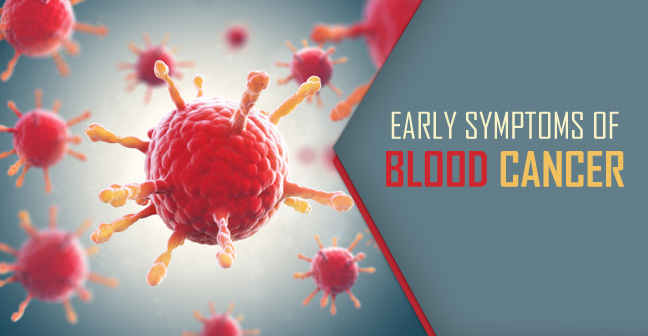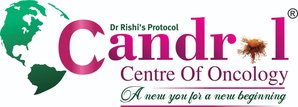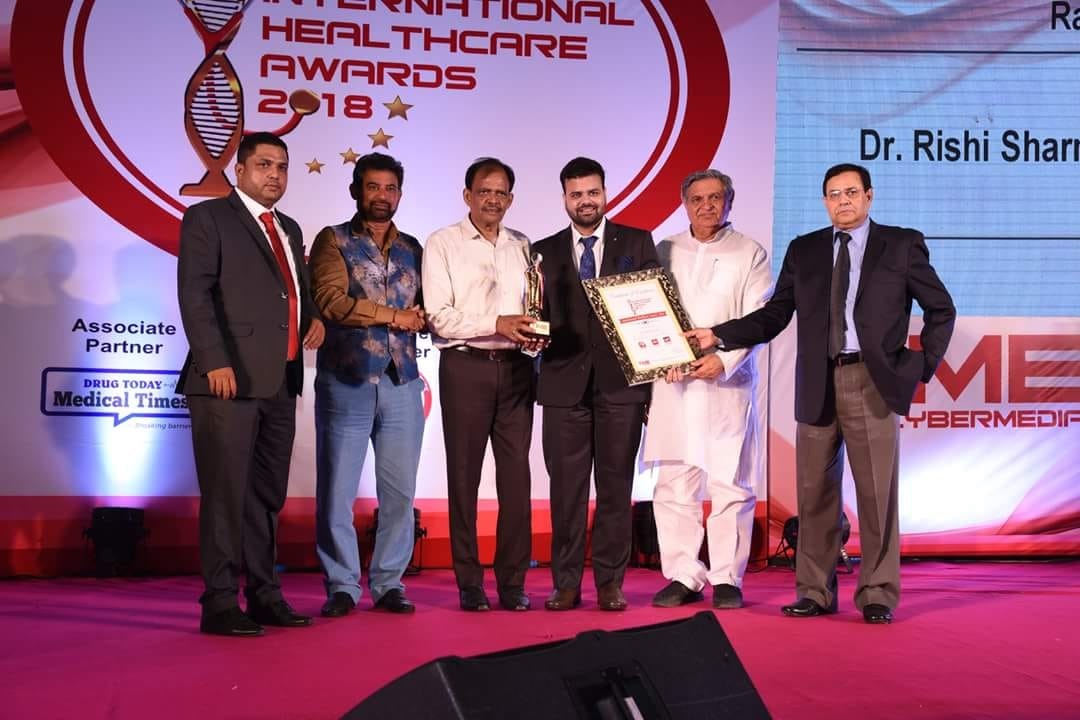
Today, we are discussing early symptoms of blood cancer in this article. We had all studied in our school biology lessons that our body functions due to the pumping of blood from our most vital organ, the heart. Our blood which appears to be red when we experience a cut, accident, or injury is made up of several contributing elements such as red blood cells that effectively carry oxygen to different part of our system, platelets that aid blood clot and white blood cells that are known to efficiently fight infections and germs that are foreign substances in our body leading to diseases. These are all formed by the stem cells in our body that develop blood cells.
So, to put it in simple terms, blood cancer occurs when the body produces a huge number of immature blood cells which are unable to perform their function properly the way they are meant to be. In fact, the bone marrow may also get clogged and this stops the other types of blood cells from doing their work as well. It is imperative to note that blood cancer can occur in anyone’s body at any given point of time and is beyond human control at the moment. Just remember that you are not alone. Let’s read and find out what are the early symptoms of blood cancer.
What are the Early Symptoms of Blood Cancer
Most common early stage symptoms of blood cancer include:
- Weakness and easy fatigue
- Shortness of breath even with least activity
- Easily occurring bone fractures
- Easy bruising
- Bleeding gums
- Frequent fevers and infections even after treatment
- Sweating at night
- Weight loss
- Nausea
- Lymph node swelling
- Enlarged abdominal organs
- Abdominal pain, back pain or pain in the bones and joints
- Bleeding Nose
- Headaches and blurry vision
- Itchy skin and rashes
- Urination difficulty
Early Symptoms of Blood Cancer in Children
In adults, early symptoms of blood cancer can be diagnosed and treated at the right time, but the things become quite complicated when this life-threatening disease grabs children, find out how to identify the first stage symptoms of blood cancer in children.
- Lack of red blood cells can be detected by symptoms such as fatigue, weakness, dizziness or blackouts, headaches, shortness of breath, pale skin and lips and feeling cold even when no one else in the rooms feels so.
- Low white blood cell count can be detected by symptoms such as repeated infections due to the inability of white blood cells to fight against them and constant fever.
- A problematic count of platelets can be detected by symptoms such as easily formed bruises, bleeding nose, and bleeding gums.
- Blood cancer cells can also be perceived by signs such as joint pain, swollen belly due to enlarged lower ribs, loss of appetite, swollen lymph nodes at the neck, underarms or groin, nausea, headaches, rashes, bleeding gums, and coughing.
Different Types of Blood Cancer and Their Early Symptoms
- Leukemia: This is cancer that affects mainly the white blood cells and bone marrow. Since they divide at a rapid rate, they do not develop properly and are unable to fight infections that attack the body. This depletes the body’s immune system. Leukemia may be ‘chronic’ or ‘acute’. This depends on how fast they spread and need attention and treatment. Chronic conditions progress slowly and do not require intensive treatment right away. On the other hand, acute conditions are those that develop too fast and need immediate treatment. Four main types of leukemias include acute myeloid leukemia (AML), acute lymphoblastic leukemia (ALL), chronic myeloid leukemia (CML) and chronic lymphocytic leukemia (CLL). Some other types of leukemia may refer to acute promyelocytic leukemia and hairy cell leukemia. In addition to the common symptoms, early Stage Symptoms of Leukemia include patchy pink or tan skin, sores on the hands and feet and blasts under the skin or other body parts.
- Lymphoma: This affects the lymphatic system which is charged with the duty of transporting white blood cells all over the body to fight infections and remove waste products. This may develop in any part of the body such as lymph nodes, bone marrow, blood, spleen or any other organ. Two main types of lymphoma are Non-Hodgkin lymphoma and Hodgkin lymphoma. In addition to the general early symptoms of blood cancer, this may also include increased sensitivity to the effects of alcohol consumption.
- Myeloma: this affects white blood cells which are referred to as the plasma cells. They are required to produce antibodies that fight foreign invasions in the body. Early Symptoms of myeloma include fractures, joint pain, low count of red blood cells, less white blood cells, high level of calcium in the blood, nervous system problems, hyperviscosity kidney problems, and damages such as numb hands, heart problems, enlarged liver, enlarged tongue and patchy skin.
Stages of Blood Cancer and the Relevant Early Symptoms:
Stage 1:
- Low risk as cancer has not spread or affected any physical organ.
- Enlarged lymph nodes due to the increase of the lymphocytes.
Stage 2:
- All organs may not get affected simultaneously but at least one organ is bound to get affected.
- Enlarged lymph nodes
- Enlarged liver
- Enlarged spleen
- The high growth rate of lymphocytes.
Stage 3:
- More than two organs get affected.
- Anemia develops in addition to the above-mentioned symptoms.
Stage 4:
- This is the last stage with the highest risk. The platelet count falls rapidly.
- Lungs are also affected.
- Anemia becomes acute.
It is imperative to get the body checked at regular intervals and be strong as this too shall pass. If you are facing any of these early blood cancer symptoms you must consult a specialist for the best blood cancer treatment. The doctor will conduct a various number of diagnostic test and according to that, the treatment type will be decided.
Leave a reply





Leave a reply